Cover Photo Credit: Northern Shoveler by Ed MacKerrow/Audubon Photography Awards
Though we hardly had a winter, spring is coming nonetheless. I’ve already had my first case of poison ivy from wearing short sleeves on an 80-degree late February day. And the birds are rushing to catch up. Male Mourning Doves, some of the most obviously amorous of local birds, have been sidling up to females and cooing to them from a neighboring branch. Yellow-shafted Flickers and Red-Bellied Woodpeckers have been hammering new dents into the metal vents on my roof to catch the ladies’ attention. Male Robins have begun their seemingly kamikaze swoops across city streets in hot pursuit of a mate or a territorial interloper. The Common Grackles are back from the south, and the Eastern Phoebes have just returned from Mexico and the southern coast of the U.S. Killdeer are back as well. You’ll hear their high-pitched “kill-dee” call on sandbars along the Wakarusa and the Kansas Rivers and in open fields. And a Saint Patrick’s week regular arrival, kettles of Turkey Vultures have flown back to us from as far away as Venezuela, Colombia, and Ecuador.
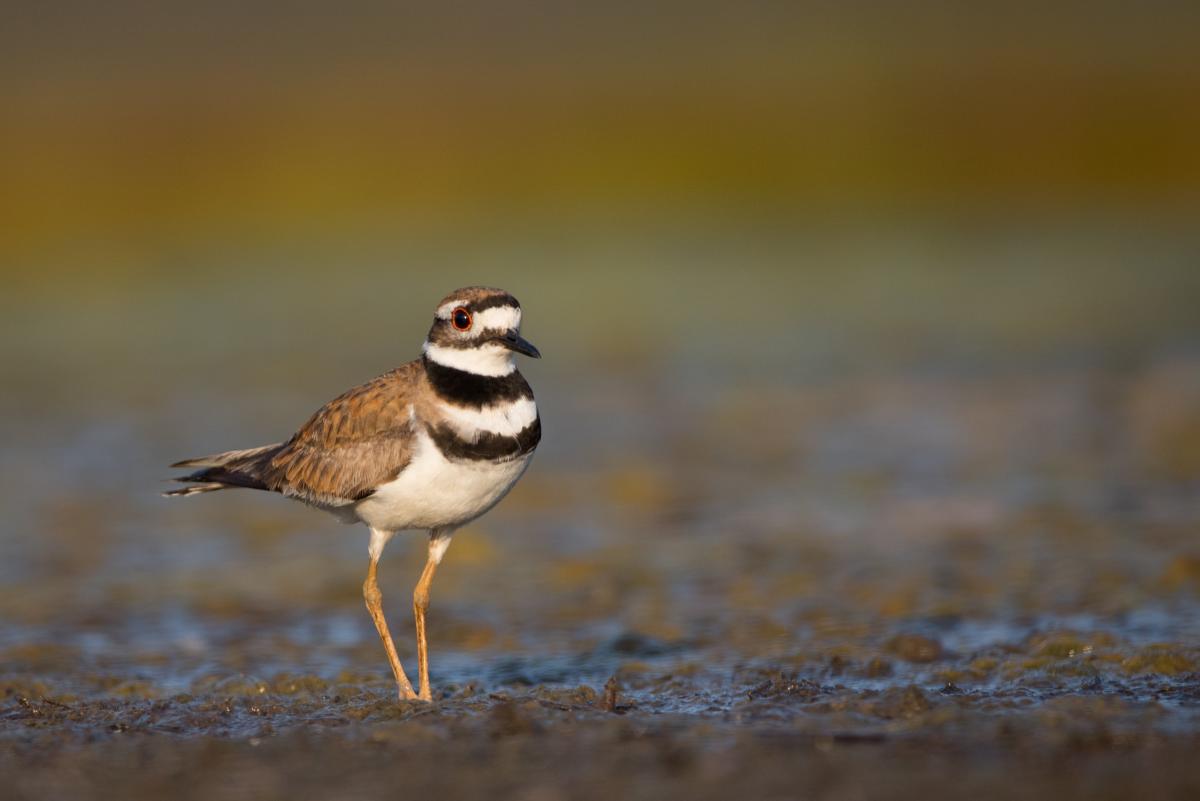
Photo Credit: Killdeer by Michael Sandoz/Audubon Photography Awards
All of this early activity signals that it’s almost time for the great spring push north for the clouds of migratory birds who will be lowering into our area soon—some for just a brief stopover and some for the whole summer. They’re all going to be in their fancy breeding plumage and easier to see. And because pairing and breeding are at the top of their minds, they’re loudly singing to secure their bond and chase off competitors, making finding and identifying them all the easier for those of you who use a birding app like Merlin. For birders, it doesn’t get any better than spring, and the migration is only just beginning!
Here are several local locations that you can easily access.
KU Field Station
350 Wild Horse Road
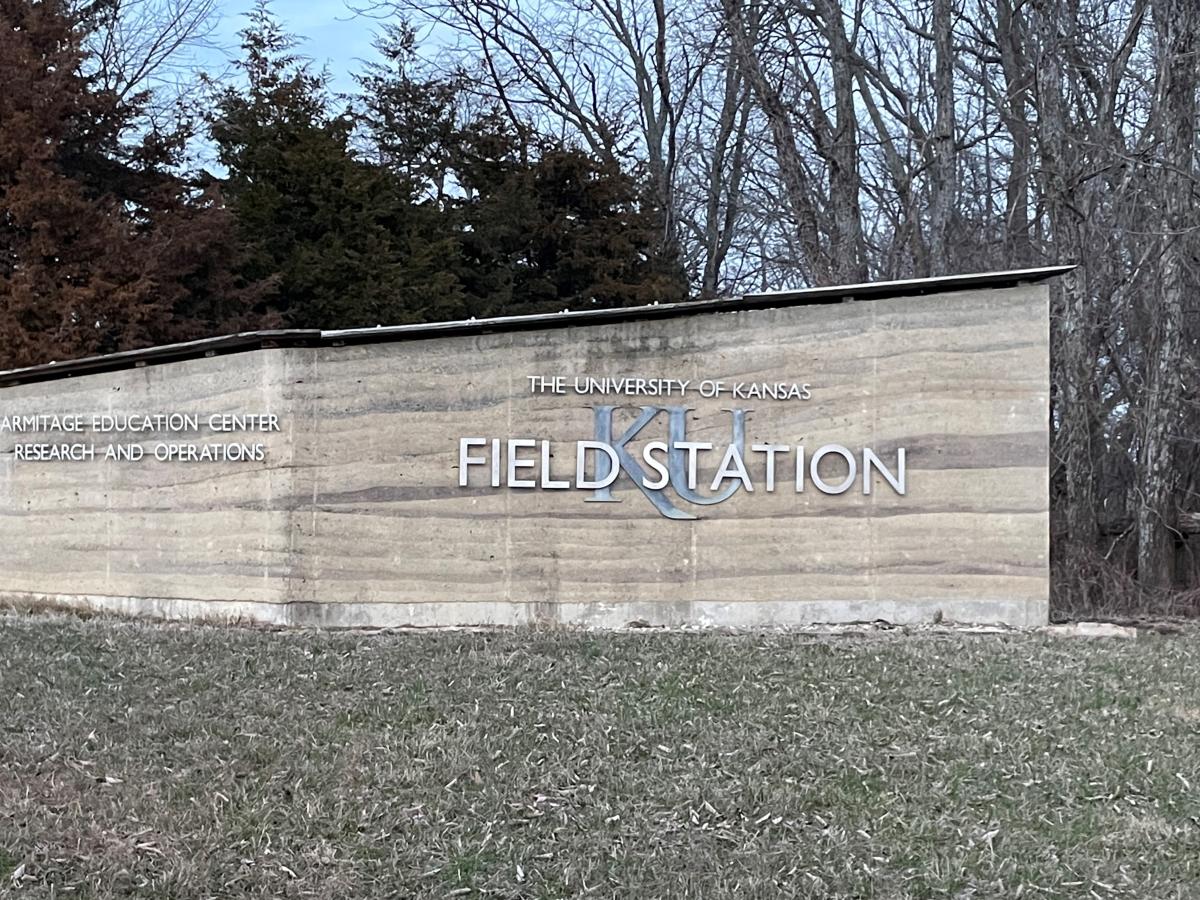
I know I highlighted the great Woodcock courtship displays in last year’s blog, but I just can’t resist. Also called Timberdoodles, this small, avocado-shaped shorebird, the American Woodcock, sweetly blesses places like ours with the open shrubby fields and young forests for them to court, breed, and raise their children in.
![]()
Photo Credit: American Woodcock by Teri Shors/Audubon Photography Awards
We have a front-row seat to the males’ looping, figure-eight aerobatics to attract a mate. It is an event not to be missed each dusk in late March and early April, and the KU Field Station is a place they seem to like. Park outside the gate and listen for the males’ loud, nasal “peent” calls to locate the action. You can also contact the field station for updates at wendyholman@ku.edu.
Kansas River Hike & Bike Trail
North Lawrence, Eighth Street Boat Ramp
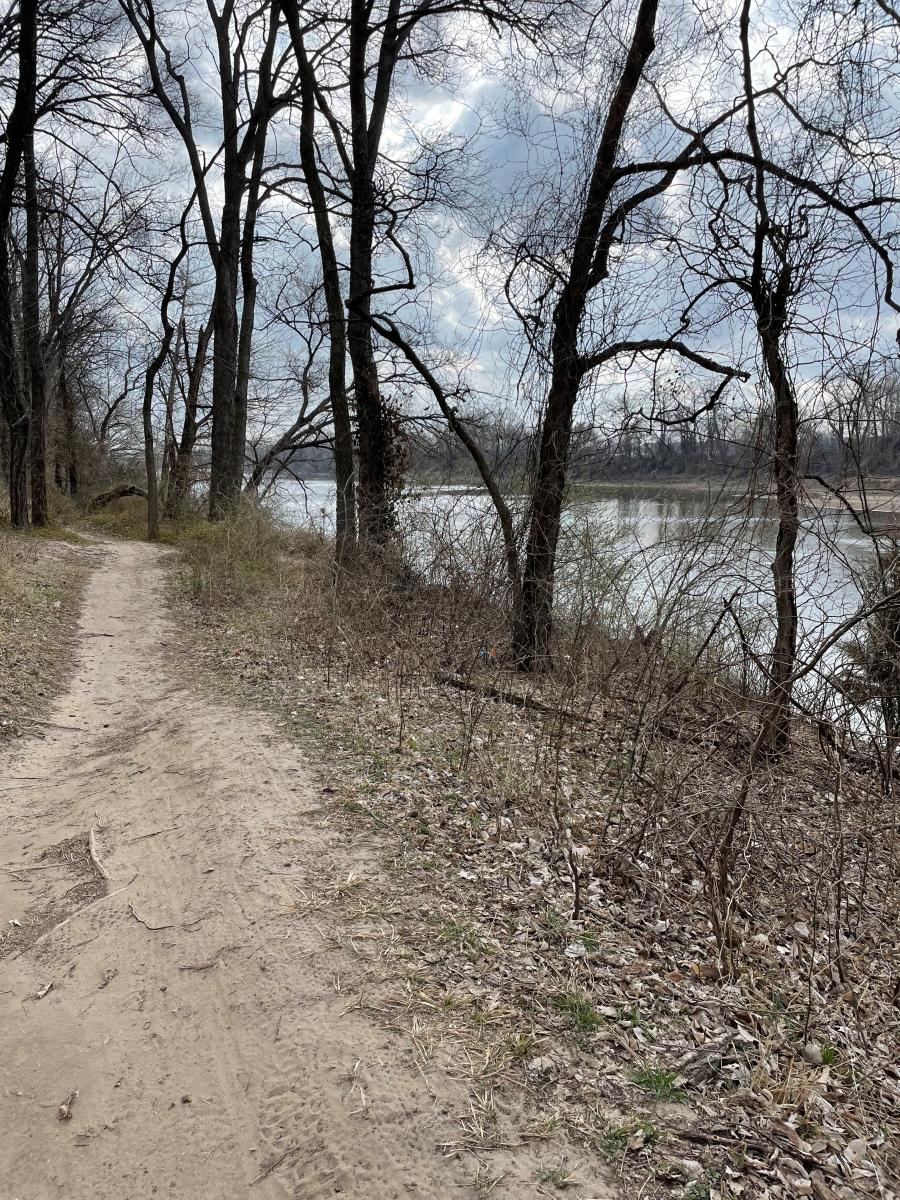
Before I go too much farther, let me remind you to take the hike side of the trail rather than the bike or you could have a dangerous encounter with a bike you didn’t see coming. Each side is clearly marked, and if you’re heading the right direction, you’ll be fine.
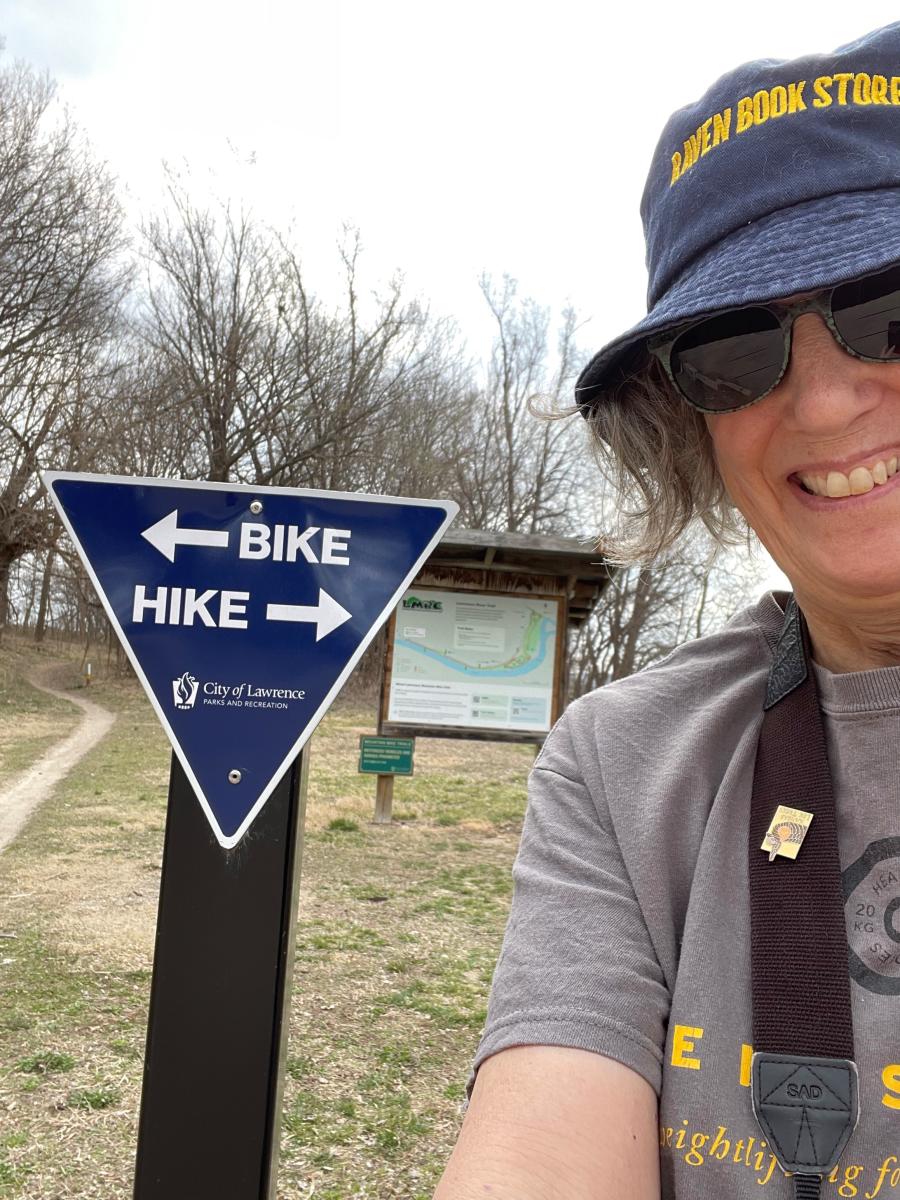
With its older trees, plentiful undergrowth, and riverside locale—all favorites of many kinds of birds, migratory and otherwise—this trail offers birders a great opportunity to witness the spring migration in all its glory. There are plenty of crosscuts from one side of the trail to the other, so you can choose just how long of a hike you’d like.

Photo credit: Belted Kingfisher by Bob Feldman/Audubon Photography Awards
Here are the birds I heard and saw on my latest trip there: Killdeer, Bald Eagle, Belted Kingfisher, Red-bellied Woodpecker, Downy Woodpecker, Northern Flicker, Eastern Phoebe, Blue Jay, American Crow, Black-capped Chickadee, Tufted Titmouse, Golden-Crowned Kinglet, White-breasted Nuthatch, Brown Creeper, Carolina Wren, Eastern Bluebird, American Robin, Cedar Waxwing, House Finch, Dark-eyed Junco, White-throated Sparrow, Yellow-rumped Warbler, and Northern Cardinal. There is plenty of parking near the boat ramp.
Haskell Wetlands
Haskell Indian Nations University

There is limited parking off of East 31st Street and parking along the drive on the 2300 Barker Street side. Approaching from either is fine. This is a lovely, quiet, unspoiled little spot perfect for birding, if you’re willing to risk a little adventure. The path is mostly covered with wooden pallets that are tippy, but perfectly functional; you just have to be sure-footed. A partially finished boardwalk and viewing platform offers a charming respite.
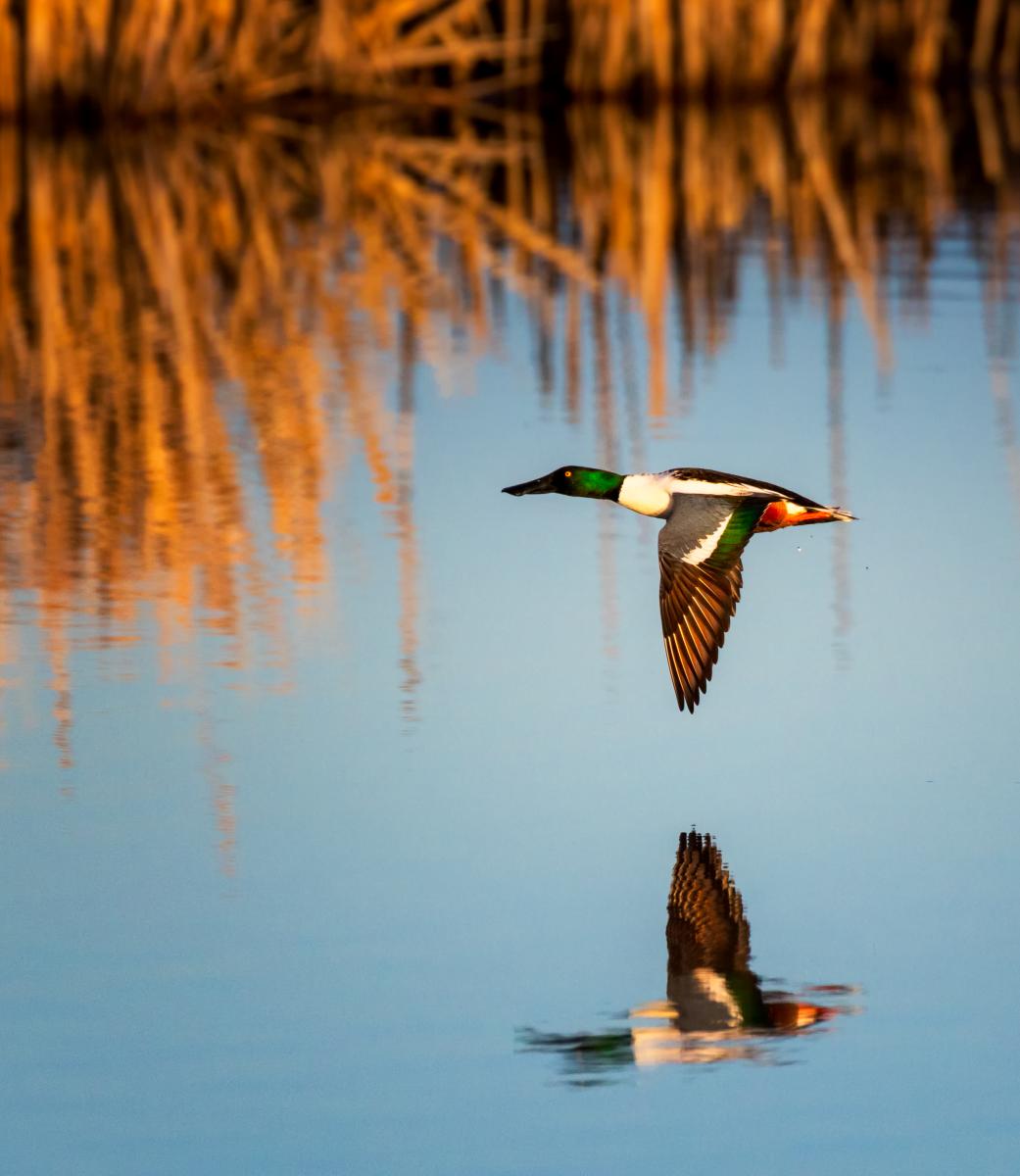
Photo Credit: Northern Shoveler by Ed MacKerrow/Audubon Photography Awards
As with any birding spot you visit, be sure to be quiet and respectful of all wildlife—you’ll see more if you are. Here’s my list from a recent visit: Canada Goose, Northern Shoveler, Gadwall, Mallard, Killdeer, Red-shouldered Hawk, Northern Flicker, American Crow, Black-capped Chickadee, Carolina Wren, American Robin, White-throated Sparrow, Eastern Meadowlark, Red-winged Blackbird, Common Grackle, Northern Cardinal.
Don’t forget to check the Lawrence Bird Alliance website for upcoming field trips and educational programs.



